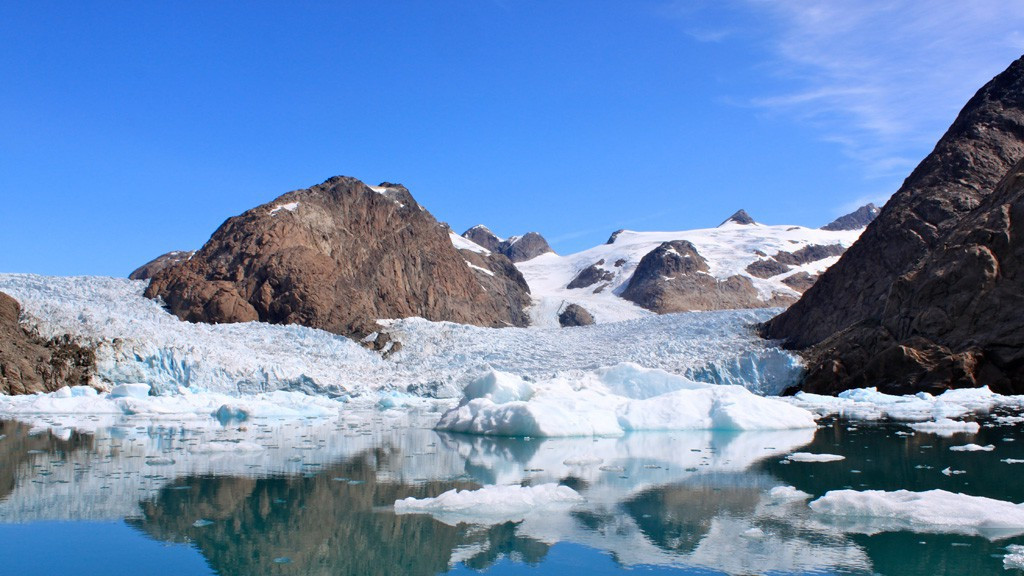The Legacy of the International Polar Year
The International Polar Year is a large scientific programme focused on the Arctic and the Antarctic from March 2007 to March 2009. During this period, an interdisciplinary and international science programme reinforced science about polar oceans, glaciers and ice sheets, permafrost, etc. In this framework, an integrated Education & Outreach programme gave the general public, media professionals, researchers, and policy makers the opportunity to experience science in real time.
Despite results becoming increasingly available, climate issues remain complex. Therefore, further development and dissemination of educational material are needed to explain the information and clarify the entire process behind (polar) science. The ultimate aim is to leave a legacy for the future of science and a broader environmental literacy, as underlined at the Arctic Council and at the Antarctic Treaty Consultative Meetings.
This aspect was clearly identified as crucial during the Oslo 2010 conference, where the IPF co-organized the PolarTEACHER conference. The IPF also allows a continuation of the exchange of information between established scientists, early career scientists, communicators, educators, journalists and the general public through its projects and outreach websites.
A partner in the 2007-2008 IPY, the International Polar Foundation took part in various activities and participated in several initiatives. Some of these include:
- Collaboration in Polar Weeks
- Polar Resource Book, for which the IPF presented five of its classroom activities and four of its projects
- Damocles
Yet, the activities of the IPF did not end along with the IPY and true to its objectives; the IPF provided a permanent home for the outreach products of young scientists. Under the PolarQuest project, various scientists were invited to Class Zero Emission to explain their vision and fascination of polar research to 17-year olds. Moreover, over the course of the last Antarctic season, a series of articles was published to explain the scientific projects conducted at the Princess Elisabeth Station to teachers and their students.

